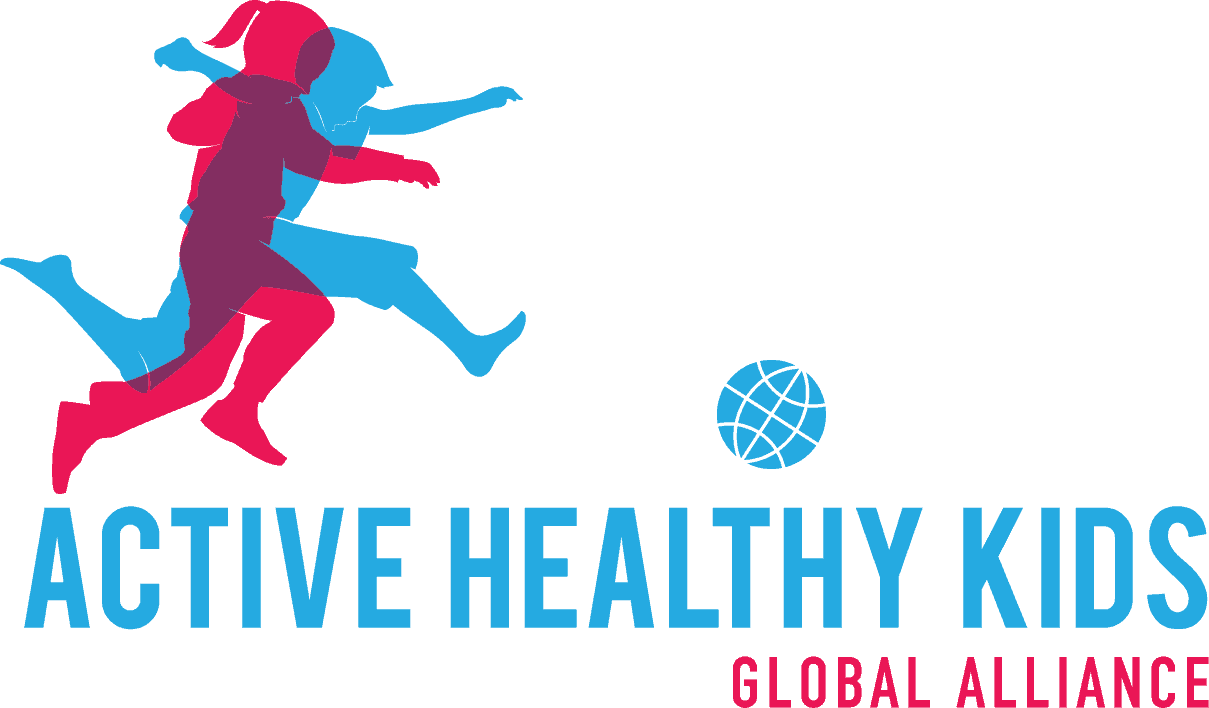
16 Nov Comparisons Across 38 Countries from 6 Continents Confirm Global Childhood Inactivity Crisis and Offer Insights for Improvement
Ottawa, ON, Canada – November 16, 2016 – For the first time, harmonized child and youth physical activity indicators across 38 countries from six continents were compared to seek solutions to increase childhood physical activity globally. The global comparisons were led by Dr. Mark Tremblay, Chair of the Active Healthy Kids Global Alliance and Director of the Healthy Active Living and Obesity Research Group at the Children’s Hospital of Eastern Ontario Research Institute in Canada.
Key global findings include:
- Average grades for both Overall Physical Activity and Sedentary Behaviour around the world are “D” (low/poor).
- Countries with the most active children and youth overall, including Slovenia, New Zealand and Zimbabwe, rely on very different approaches to get kids moving. What is consistent between all of them is that physical activity is driven by pervasive cultural norms—being active is not just a choice, but a way of life.
- Lower income countries generally have better grades on active behaviours compared to higher income countries, yet worse grades for related strategies, supports and investments. Fewer attractive sedentary pursuits and increased autonomy to play and roam outdoors may be as important as infrastructure and structured activities to facilitate higher levels of childhood physical activity.
- Grades were generally lower in countries in Asia, North America and South America than countries in Africa, Europe and Oceania
- Key grade comparisons include:
- Overall Physical Activity – Slovenia leads with an A-; Belgium, Chile, China, Estonia, Qatar, Scotland and United Arab Emirates lag with an F
- Sedentary Behaviours – Slovenia leads with a B+; Canada, China, Estonia, South Korea, Nigeria, Scotland and South Africa lag with an F
- Organized Sport Participation – Denmark leads with an A; China and Mozambique lag with an F
- Active Transportation – Netherlands and Zimbabwe lead with an A and A-; United Arab Emirates and United States lag with an F
- Active Play – Ghana, Kenya and Netherlands lead with a B; Thailand lags with an F
- Family and Peers – China, the Netherlands and Thailand lead with a B; Ghana lags with an F, though many countries had inadequate data to grade this indicator
- School – Slovenia leads with an A; Mexico lags with a D-
- Community and the Built Environment – Netherlands leads with an A and Canada with an A-; Ghana, Mozambique and Zimbabwe lag with an F
- Government Strategies and Investments – Denmark leads with an A-; Mozambique lags with an F
“Automation, mechanization, urbanization, and digitization have reduced physical activity levels globally,” said Tremblay. “Global efforts to manage these trends are essential and extend beyond creating policies, strategies, facilities and programs to include the preservation and promotion of physical and social habitats where being physically active year round, through outdoor play, transportation, recreation and sport, are the preferred and normative standard, not the exception. This is the contemporary global challenge for all countries.”
“Countries with the most active children and youth overall, including Slovenia, New Zealand and Zimbabwe, rely on very different approaches to get kids to move more,” added Tremblay. “But, what is consistent between all of them is that physical activity is driven by pervasive cultural norms – being active is not just a choice, but a way of life.”
More on the global comparisons
Report Cards from each of the 38 countries, as well as the results of the global comparisons, were presented at the opening plenary of the International Congress on Physical Activity and Public Health in Bangkok, Thailand and published in the Journal of Physical Activity and Health on November 16, 2016.
An interactive map with all country grades, report cards, and related details is available at www.activehealthykids.org. For more information or to schedule an interview, please contact:
Professor Mark Tremblay
Director of Healthy Active Living and Obesity Research
Children’s Hospital of Eastern Ontario Research Institute
Tel: 613-737-7600 x4114
E-mail: mtremblay@cheo.on.ca (preferred)


